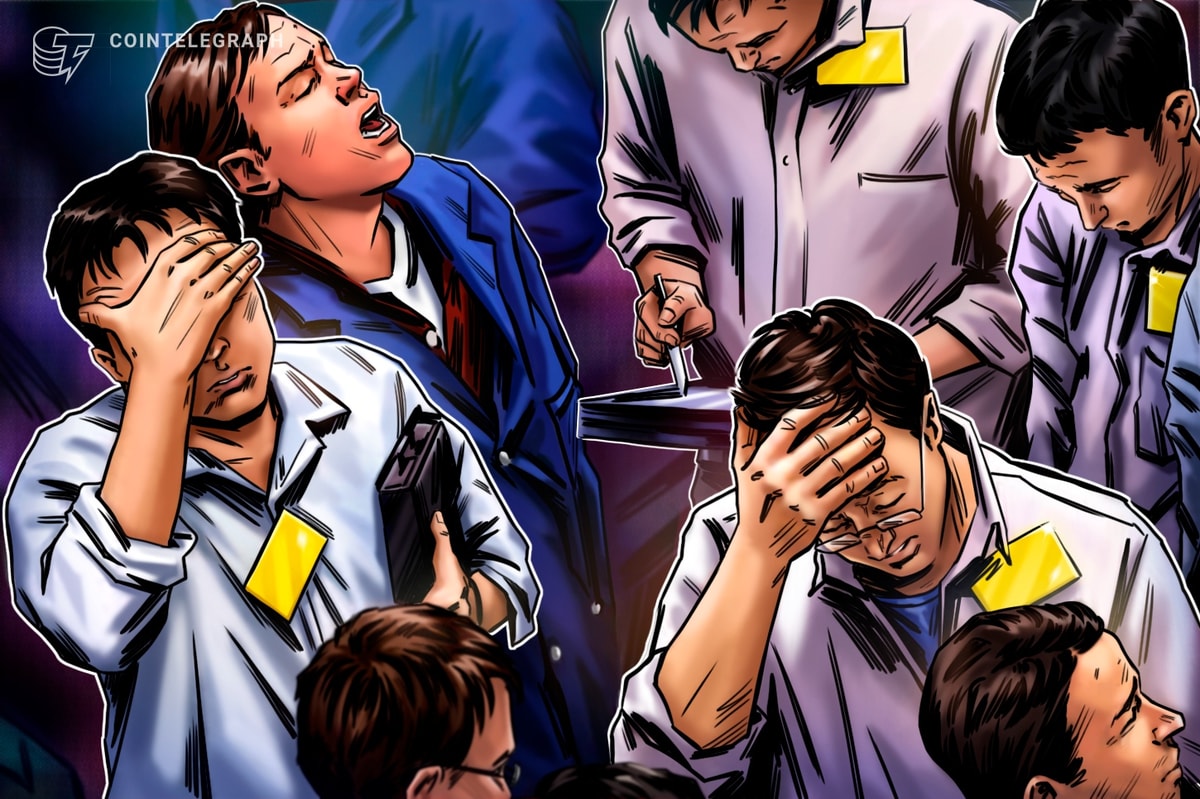Macroeconomic information points towards heightening discomfort for crypto financiers in 2023

Undoubtedly, 2022 was among the worst years for Bitcoin (BTC) purchasers, mainly due to the fact that the property’s rate visited 65%. While there were some specific factors for the drop, such as the LUNA-UST crash in Might and the FTX implosion in November, the most crucial factor was the U.S. Federal Reserve policy of tapering and raising rate of interest.
Bitcoin’s rate had actually dropped 50% from its peak to lows of $33,100 prior to the LUNA-UST crash, thanks to the Fed rate walkings. The very first considerable drop in Bitcoin’s rate was because of growing market unpredictability around possible rate trek reports in November 2021. By January 2022, the stock exchange had actually currently begun revealing fractures due to the increasing pressure of impending tapering, which likewise adversely affected crypto costs.
Quick forward year, and the crypto market continues to deal with the exact same issue, where the headwinds from the Fed rate walkings have actually limited considerable bullish relocations. The worst part is that this routine might last a lot longer than the marketparticipants anticipate.
Ideas emerge from the 1990s dot-com bubble
The dot-com bubble of 1999-2000 might teach financiers a lot about the present crypto winter season, and it continues to paint a grim photo for2023.
The tech-heavy Nasdaq Composite pumped up to massive levels by the early 2000s and this bubble burst when the Fed started raising rate of interest in 1999 and 2000. As credit ended up being more pricey, the quantity of simple cash diminished in the market, triggering the Nasdaq to drop from its peak by 77%.

The crypto market is presently dealing with the exact same circumstance.
Fed chairman Jerome Powell is determined on suppressing inflation and this suggests there will behigher rates for a long time ahead. Minneapolis Federal Reserve President Neel Kashkari composed in an article just recently that he anticipates the terminal rates to increase to 5.4% by June 2023– presently, the rates remain in the 4.25% to 4.50% variety.
Especially, at the time of the dot-com bubble, the Fed stopped increasing rates in May 2000, however the recession in Nasdaq continued for the next 2 years. Hence, we can anticipate the crypto market to drop even more a minimum of up until the Fed rotates. There is a threat of the present bearish market extending even longer if the U.S. economy experiences an economic crisis comparable to 2001.
Increasing indications of economic downturn
According to a report by Mises Institute expert Ryan McMaken, the M2 cash supply of the U.S. dollar turned unfavorable in November 2022 for the very first time in 28 years. It is an indication of possible economic downturn, which is typically “preceded by slowing rates of cash supply development.”
While McMaken acknowledged the possibility of the unfavorable cash supply development indication becoming an incorrect signal, he included that it “is normally a warning for financial development and work. It likewise functions as simply another indication that the so-called soft landing guaranteed by the Federal Reserve is not likely to ever be a truth.”

The most recent report from the Institute of Supply Management likewise reveals that U.S. financial activity contracted for the 2nd successive month in December. The acquiring supervisor’s index (PMI) came out at 48.3% for December and worths listed below 50% represent contraction. It recommends that the need for produced items is decreasing, most likely an effect of greater rate of interest.
The typical U.S. economic downturn considering that 1857 lasted 17 months, with the 6 economic crises considering that 1980 lasting less than 10 months. This economic downturn technically started in August 2022 with two-quarters of unfavorable GDP development. Historic averages reveal that the present economic downturn might last up until June 2023 to January 2024.
Can beneficial conditions form quicker than 2024?
The crypto market requires the world of simple cash to go back to construct a sustainable bull run. Nevertheless, based upon the Fed’s present strategy, those conditions look far into the future.
Just a black swan occasion that requires the U.S. federal government to turn to quantitative relieving with low-interest rates and financial stimulus like it did throughout the COVID-19 pandemic can spark another bull run.
According to independent market expert Ben Lilly, a bubble may be forming in the customer loan sector, which has actually grown greatly in the last years to almost $1 trillion.
The increase was especially high in the last 2 years considering that the U.S. federal government stopped composing stimulus cheques. Lilly presumes that the sector might collapse if numerous debtors default on their loans due to growing financial stress. He likewise kept in mind that “it’ll take federal government stimulus to resolve.”
The timeline for a bubble burst is among the most tough things to anticipate. It might perhaps accompany the economic downturn’s end at some point in late 2023 or 2024. Still, up until the verification of a Fed pivot or quantitative easing occurs, the majority of financiers anticipate the crypto markets to stay in a sag.
To date, the overall crypto market capitalization has actually decreased by 75% from its peak of $3 trillion. The 2017 peak of around $750 billion is an important assistance and resistance level for the marketplace. If this level breaks, the market’s overall market capitalization might slip listed below $500 billion.

While there might be short-lived bearish market rallies, the macroeconomic pressures are most likely to weaken all favorable relocations.
The views, ideas and viewpoints revealed here are the authors’ alone and do not always show or represent the views and viewpoints of Cointelegraph.
This post does not consist of financial investment guidance or suggestions. Every financial investment and trading relocation includes threat, and readers need to perform their own research study when deciding.







